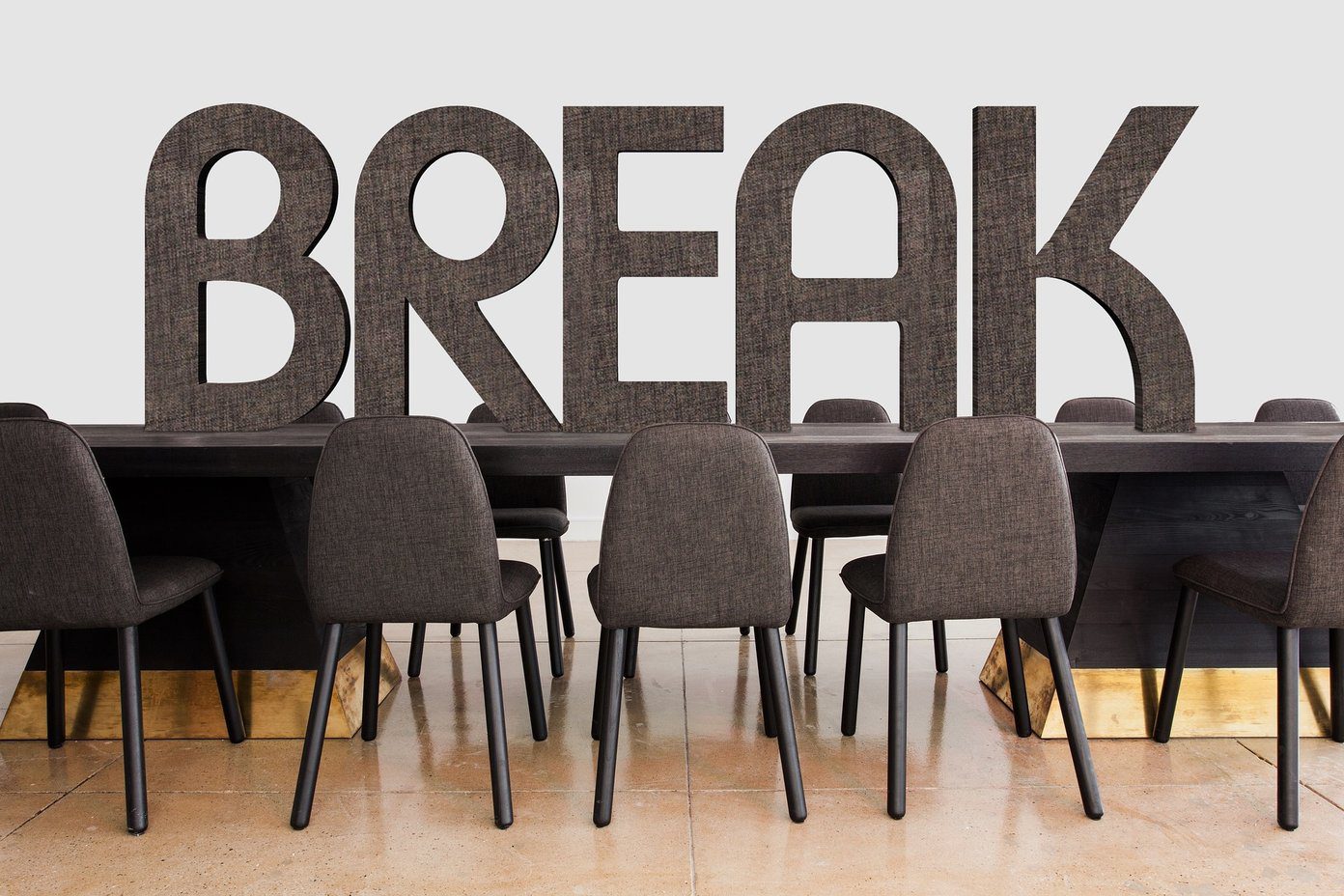It’s true that the iPhone 7 models are water resistant, but this doesn’t mean you can suddenly go swimming with your iPhone without issue. iPhone 7 has a rating of IP67 according to IEC standard 60529. These ratings are assigned to accurately assess a device’s resistance to dust and water. But what specifically does IP67 mean in the real world and how does that rating stack up with other “water resistant” phones on the market? That’s what we’re going to explore.
IP Code
The IP Code is an international standard by which manufacturers can measure water and dust resistance. The first digit measures dust resistance and the second, liquid resistance. In the case of the iPhone 7, the first digit 6 means the device is completely closed off from dust. Dust cannot sneak inside the iPhone and cause any type of damage or impairment to the phone. 6 is the highest rating possible for dust resistance with the lowest being 0 (or X) meaning there is no protection against dust. The digits in between offer varying levels of protection. The second digit in iPhone 7’s IP rating is 7, which means the iPhone can withstand total immersion in water for up to 30 minutes and up to one meter (3.3 feet) deep under standard pressure. Water resistance is measured from digits 0 (or X) to 8.
iPhone 7 in the Real World
Since iPhone 7 has a rating of IP67, it is completely dust-proof and it is water resistant when submerged in one meter of water for 30 minutes. Realistically, most people won’t be in situations where this occurs, so what can you do with your iPhone 7? For starters, dropping your iPhone 7 in the toilet, in a sink, or even in a bathtub should not cause any damage to the phone. These are all real-world situations in which the IP67 rating comes in handy. Should you leave your iPhone under a running faucet or shower? Probably not, since while technically not submerged, the amount of pressure the phone is under exceeds a standard amount. You could probably get away with using your iPhone in the shower though, as long as your hands aren’t soapy and the iPhone isn’t directly under the stream of water. Avoid using your iPhone in swimming pools, lakes, oceans, water rides… places where you wouldn’t expect to be able to use such a device. It’s also important to remember that despite the iPhone 7’s water resistant, Apple does not cover water damage in its warranty. Always err on the side of caution if you don’t want to pay for the potential damages. All in all, the iPhone 7 should just be more forgiving of accidents like with dropping in toilets or sinks. Don’t get too adventurous.
IP67 vs. IP68
While iPhone 7 has a rating of IP67, other phones like the Samsung Galaxy S7, Galaxy S7 Active and Galaxy S7 Edge have a rating of IP68. With an 8, the phone can be submerged in up to three meters instead of just one. It’s still not totally waterproof and swimming with a Galaxy S7 is still discouraged, but it does appear to perform better in water than an iPhone 7 would. iPhone 7 is a step in the right direction, Samsung’s smartphones are two steps in the right direction, but neither are totally waterproof just yet. The above article may contain affiliate links which help support Guiding Tech. However, it does not affect our editorial integrity. The content remains unbiased and authentic.




![]()







